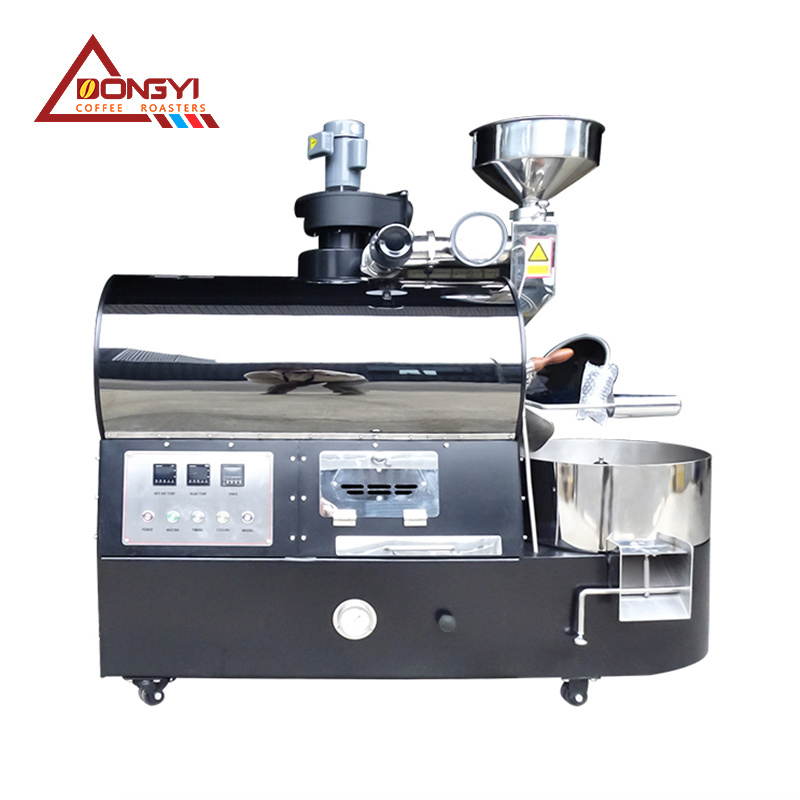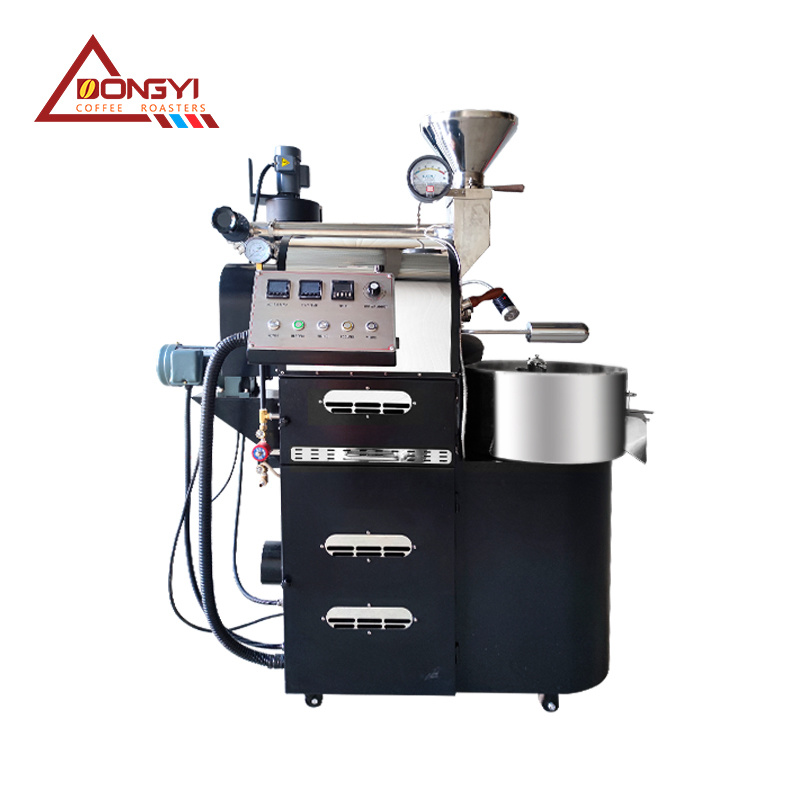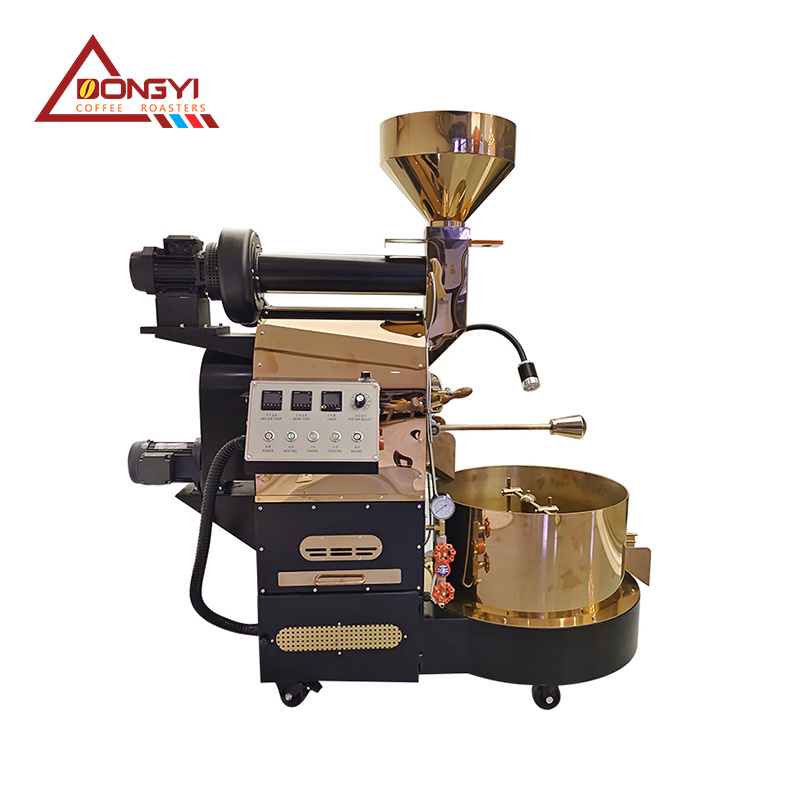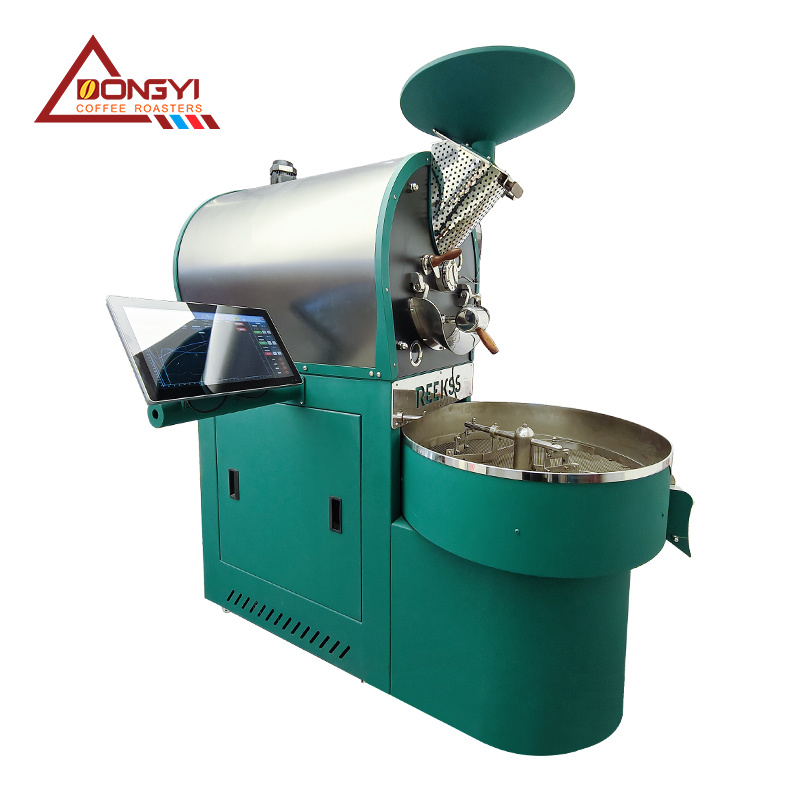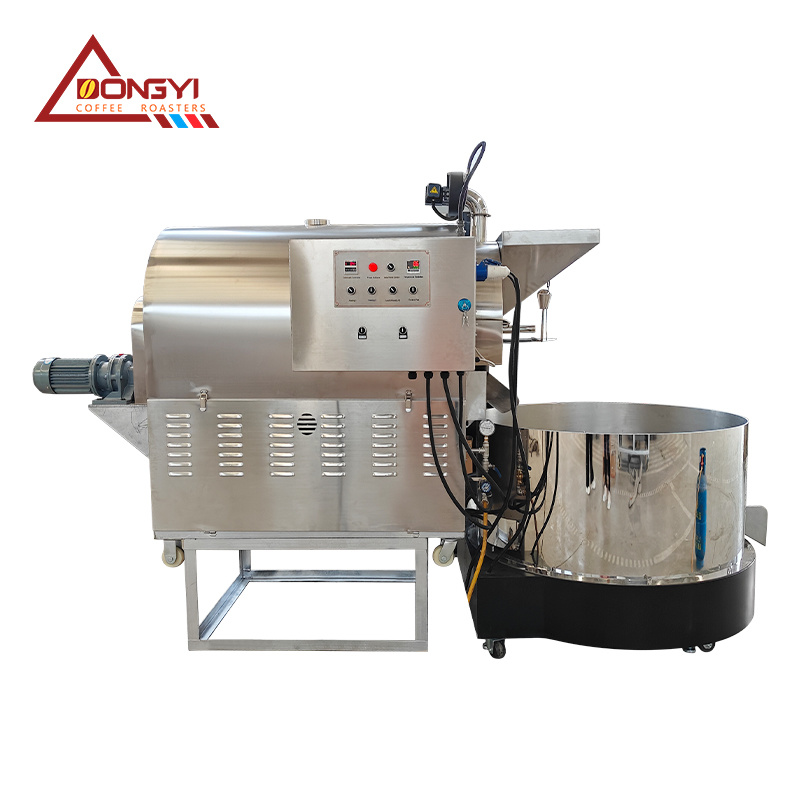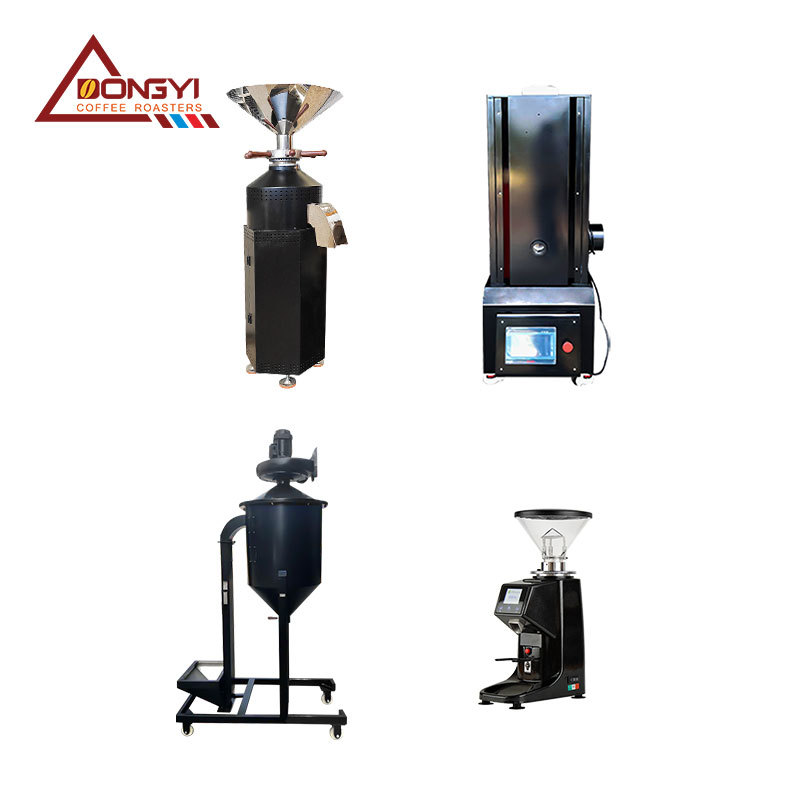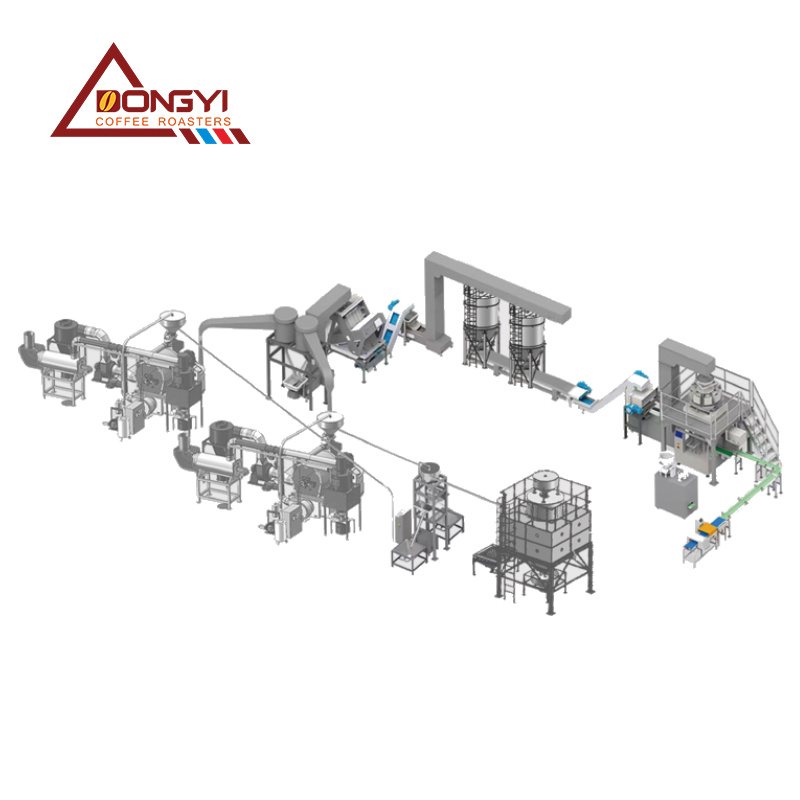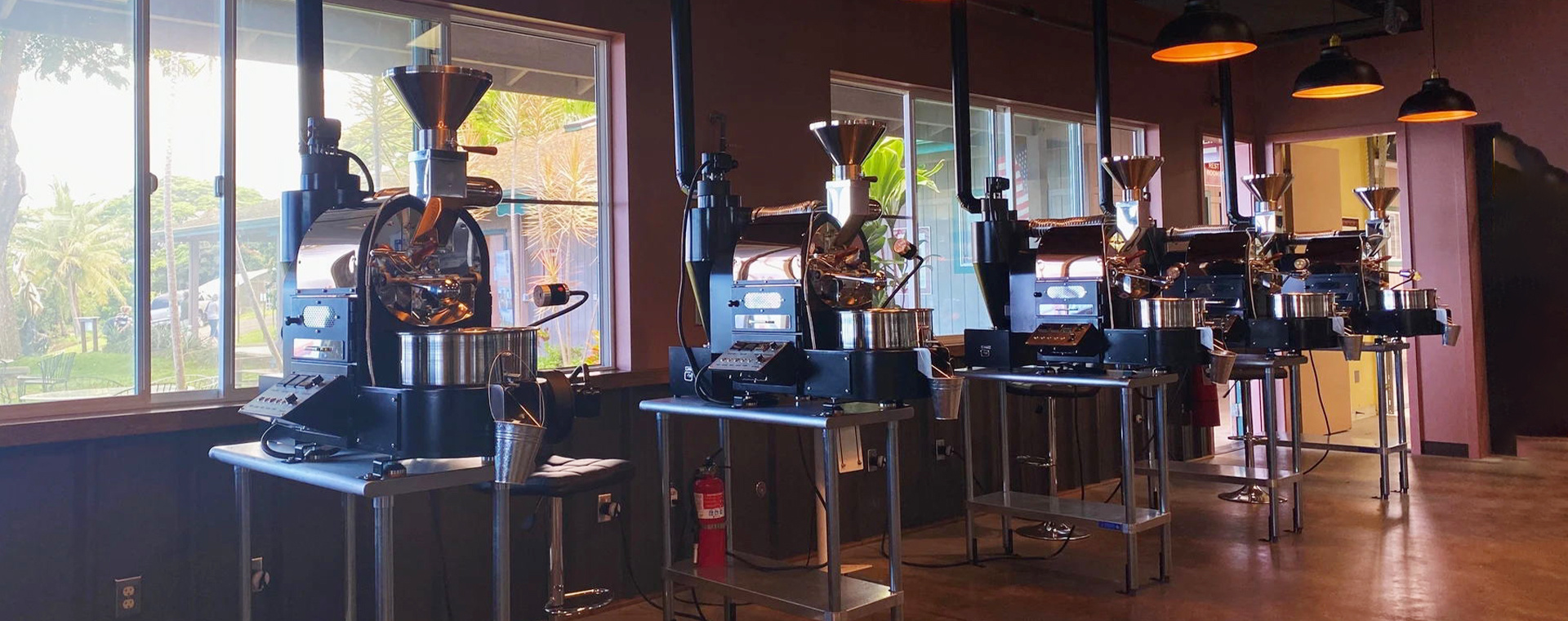Mastering Roasting Techniques: Achieving Optimal Results with Your 1kg Gas Coffee Roaster
Time:
13 Oct,2025
Mastering Roasting Techniques: Achieving Optimal Results with Your 1kg Gas Coffee Roaster
Table of Contents
- Introduction to Coffee Roasting
- Understanding Coffee Beans
- The Importance of Roasting Techniques
- Choosing the Right 1kg Gas Coffee Roaster
- Pre-roasting Preparations
- Key Roasting Techniques for Success
- Monitoring the Roasting Process
- Post-roasting Tips: Cooling and Storing Your Coffee
- Frequently Asked Questions
- Conclusion
Introduction to Coffee Roasting
Coffee roasting is both an art and a science, turning raw green coffee beans into aromatic, flavorful coffee ready for brewing. Mastering the roasting process is crucial for any coffee lover, especially those using a 1kg gas coffee roaster. This guide explores various roasting techniques to help achieve the best results, allowing you to create a unique flavor profile that perfectly suits your palate.
Understanding Coffee Beans
Before diving into roasting techniques, it is essential to understand the types of coffee beans available. The two most common varieties are Arabica and Robusta.
Arabica vs. Robusta
Arabica beans are known for their smoother, more delicate flavors, while Robusta beans tend to be stronger and more bitter. Understanding these differences is crucial when selecting beans for roasting.
Green Coffee Beans
Green coffee beans are the unroasted seeds of the coffee cherry. They have a grassy, vegetal taste that transforms remarkably during the roasting process. The choice of origin, processing method, and variety influence the final flavor profile of the roasted beans.
The Importance of Roasting Techniques
Roasting techniques greatly affect the flavor, aroma, and acidity of coffee. By mastering these techniques, you can highlight the beans' unique characteristics and create a more enjoyable coffee experience.
Flavor Development
The roasting process develops complex flavors, ranging from fruity and floral to nutty and chocolatey. Each roasting technique can bring out different flavor notes, making it essential to choose the right method.
Consistency
Consistency in roasting is crucial for maintaining quality. By applying the same technique, you can replicate successful batches and ensure that each cup of coffee delivers the desired flavor profile.
Choosing the Right 1kg Gas Coffee Roaster
Selecting the right gas coffee roaster is vital for achieving optimal results. A 1kg gas coffee roaster is an excellent choice for home roasters looking to create small batches with precision.
Key Features to Consider
When choosing a gas coffee roaster, consider the following features:
- **Temperature Control**: Look for models with precise temperature control to ensure consistent roasting.
- **Airflow Management**: Proper airflow is crucial for achieving an even roast. Select a roaster that allows you to adjust airflow settings.
- **Drum Design**: The drum's design can influence heat distribution. Ensure the drum provides even heating for consistent results.
- **Ease of Use**: Consider user-friendly features that simplify the roasting process, such as intuitive controls and easy cleanup.
Pre-roasting Preparations
Before starting the roasting process, adequate preparation ensures a smooth and successful roasting experience.
Choosing Your Green Coffee Beans
Select high-quality green coffee beans that align with your desired flavor profile. Experiment with different origins and varieties to discover what you love best.
Setting Up Your Roaster
Ensure your 1kg gas coffee roaster is clean and set up in a well-ventilated area. Proper ventilation helps dissipate smoke and odors produced during the roasting process.
Gathering Essential Tools
Prepare the tools you'll need:
- **Digital Scale**: For measuring green coffee beans accurately.
- **Thermometer**: To monitor the temperature throughout the roasting process.
- **Cooling Tray**: For quickly cooling down roasted beans.
- **Notebook**: To document your roasting profiles and results.
Key Roasting Techniques for Success
The roasting process involves various techniques that can significantly affect the final product. Understanding these techniques will help you achieve the best results with your gas coffee roaster.
The Maillard Reaction
The Maillard reaction occurs during the early stages of roasting, where sugars and amino acids interact to create flavorful compounds. Pay attention to this stage, as it’s vital for flavor development.
First Crack and Second Crack
- **First Crack**: This is an audible indication that the beans are reaching medium roast levels. It typically occurs at around 196°C (385°F).
- **Second Crack**: A sign that the beans are approaching a dark roast, this crack happens at approximately 224°C (435°F).
Understanding these cracks helps you determine the roast level of your beans and adjust your technique accordingly.
Roasting Profiles
Developing a roasting profile involves controlling temperature and time to achieve the desired flavor. Experiment with different profiles, such as:
- **Light Roast**: Short roast time, highlighting acidity and fruity flavors.
- **Medium Roast**: Balanced time and temperature for a well-rounded flavor.
- **Dark Roast**: Extended roast time, producing bold, robust flavors.
Monitoring the Roasting Process
Keeping a close eye on the roasting process is crucial for achieving the desired results.
Temperature Management
Continuously monitor the temperature using a thermometer, adjusting gas levels as needed to maintain consistency.
Aroma and Color Changes
Watch for changes in aroma and color throughout the roasting process. The scent of the beans will evolve, providing clues about the roast level. Color changes from green to yellow, then to brown, will help you visually gauge progress.
Post-roasting Tips: Cooling and Storing Your Coffee
After roasting, the way you handle and store your coffee beans is essential for preserving their quality.
Cooling Your Roasted Beans
Quickly cool roasted beans to halt the roasting process. Use a cooling tray or a colander to allow air circulation, which helps preserve flavor.
Storing Your Coffee Beans
Store your roasted beans in an airtight container in a cool, dark place. Avoid exposing them to light, moisture, and air to prevent staleness. For optimal freshness, consume the beans within two weeks of roasting.
Frequently Asked Questions
1. What is the best roast level for coffee?
The best roast level depends on personal preference. Experiment with light, medium, and dark roasts to discover what you enjoy most.
2. How long does it take to roast coffee beans?
Roasting typically takes anywhere from 10 to 20 minutes, depending on the desired roast level and the roaster's efficiency.
3. Can I reuse chaff from roasted coffee beans?
Yes, chaff can be composted or used as a natural mulch in gardens, as it is organic material.
4. How do I know when my coffee is properly roasted?
Monitor the color, aroma, and audible cracks during roasting to gauge progress. Trust your senses and document your findings for future reference.
5. Is it necessary to let roasted coffee beans rest?
Allowing roasted beans to rest for at least 24 hours helps to develop flavors and reduce carbon dioxide, enhancing the overall brewing experience.
Conclusion
Mastering roasting techniques with your 1kg gas coffee roaster opens a world of flavor possibilities. By understanding the intricacies of coffee beans, employing effective roasting methods, and carefully monitoring the process, you can achieve remarkable results that elevate your coffee experience. With patience and practice, you’ll soon create the perfect roast tailored to your taste. So, gather your beans, fire up your roaster, and embark on a journey to discover the ultimate coffee flavor profiles.
Recommended






